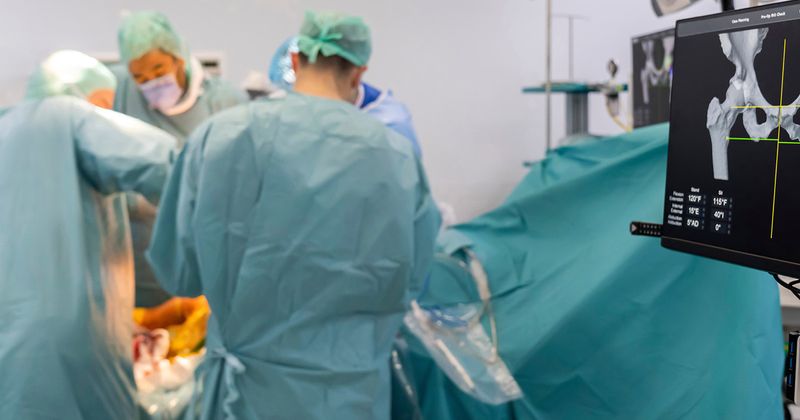Increased preoperative blood glucose level associated with PJI after THA
Key takeaways:
- High preoperative blood glucose levels may be a risk factor for joint infection after total hip arthroplasty.
- Patients with and those without diabetes may both be at risk.
Results showed a preoperative blood glucose level greater than 277 mg/dL in patients with diabetes and greater than 193 mg/dL in patients without diabetes was associated with an increased risk of infection after total hip arthroplasty.
To analyze the association between preoperative blood glucose levels and 90-day risk of periprosthetic join infection, Julian Wier, MD, and colleagues at the University of Southern California Keck School of Medicine performed a retrospective study of data from 90,830 patients who underwent primary elective THA from 2016 to 2021. According to the study, 20,466 patients (22.53%) had a preoperative diagnosis of diabetes mellitus, while 70,364 patients (77.47%) did not.

Researchers found a preoperative blood glucose level greater than 277 mg/dL in patients with diabetes and greater than 193 mg/dL in patients without diabetes was associated with 1.5 times greater odds of PJI.
Among patients with diabetes, those with high preoperative blood glucose levels had increased odds of PJI (OR = 2.6) and readmission (OR = 1.92) compared with those with normal preoperative blood glucose levels. Similarly, among patients without diabetes, those with high preoperative blood glucose levels had increased odds of PJI (OR = 1.66) and readmission (OR = 1.66) compared with those with normal preoperative blood glucose levels.
Researchers cautioned surgeons about using the single marker of preoperative blood glucose level to determine care.
“Strict preoperative glycemic measures have been reported to be associated with delays in surgical procedures and may disproportionately exclude patients of lower socioeconomic status,” the researchers wrote in the study. “Therefore, a multidisciplinary approach using all available perioperative data should be used to guide the optimization of the patient undergoing [total joint arthroplasty] TJA,” they concluded.

